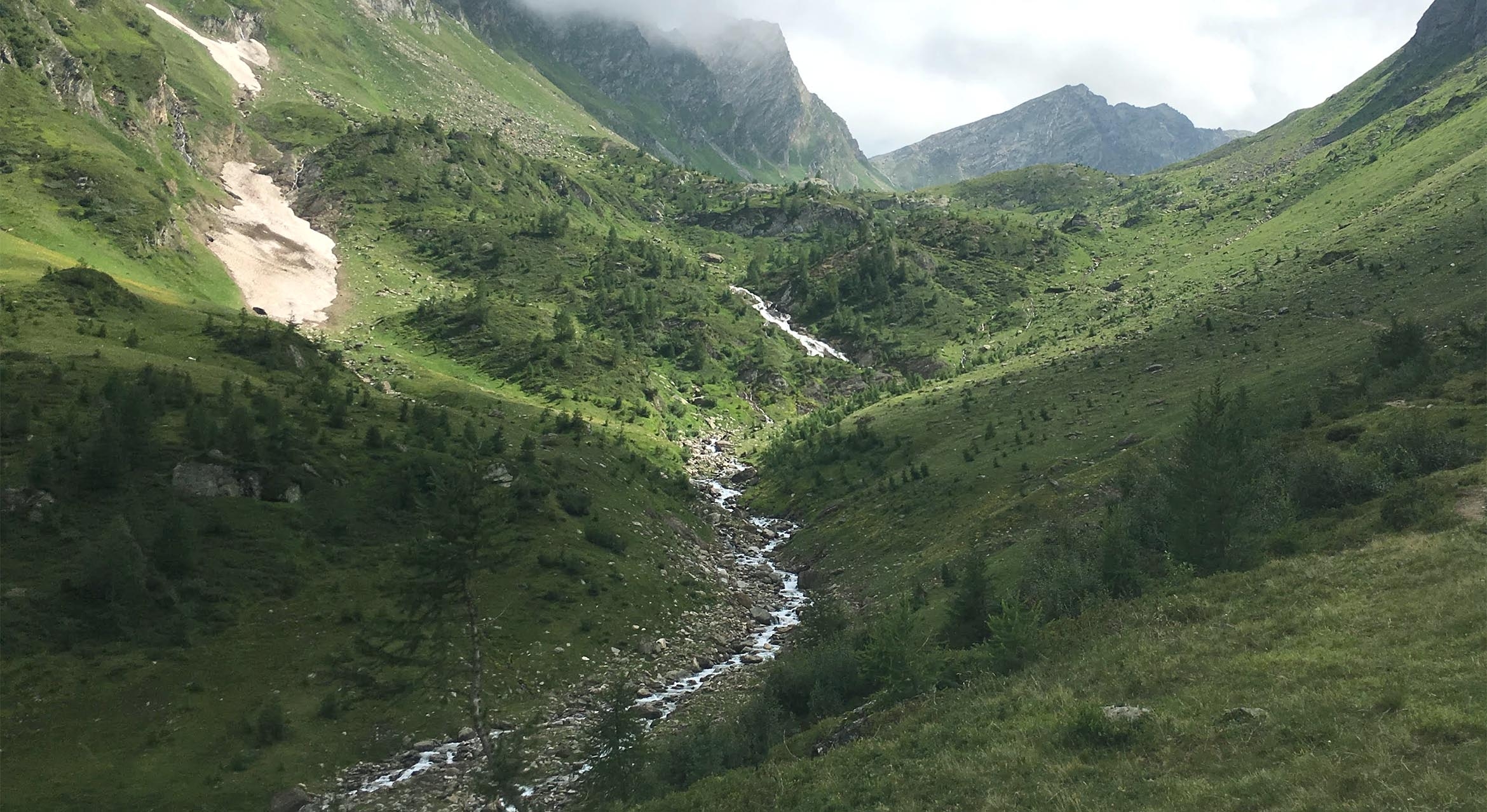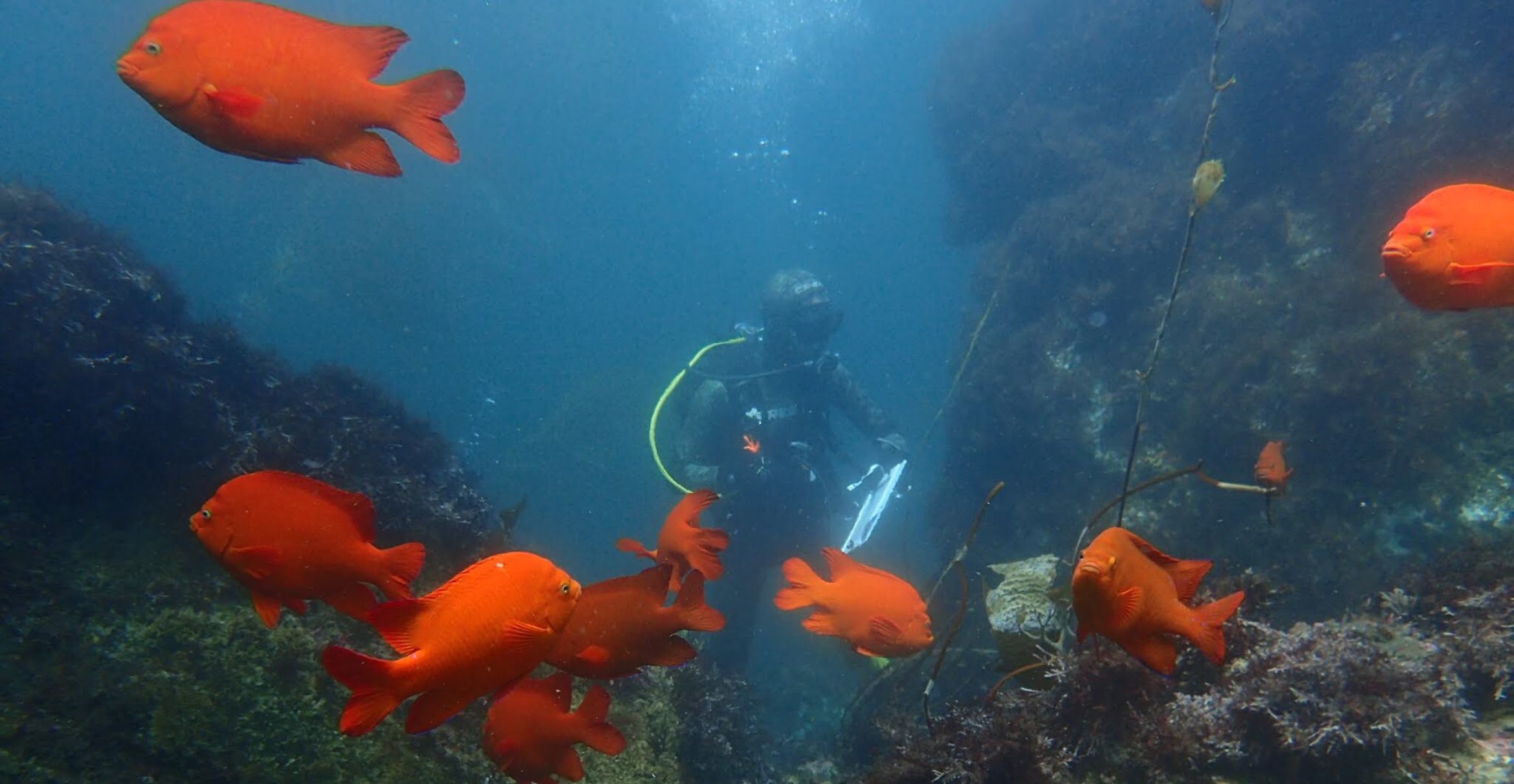
For Environmental Justice

Environmental issues are social in origin and all living beings are interconnected. That’s how David Pellow sees it.
In his new book, “What is Critical Environmental Justice?” (Polity Press, 2017), Pellow, the Dehlsen Endowed Chair in Environmental Studies at UC Santa Barbara, examines the complicated connections between humans and ecosystems. In the 197-page text, he provides a framework for making environmental justice more inclusive and discusses how that concept applies to areas not usually associated with the field: the Black Lives Matter movement, the U.S. prison industrial complex and the Israel-Palestine conflict.
“Every one of us is an indispensable member of our community and is needed for moving us toward ecological sustainability and social justice, which I see as symbiotic issues,” said Pellow, who also directs the Global Environmental Justice Project. “But we need to expand our theories and practices of environmental justice beyond just human beings.”
Is it possible to reframe the way people think about environmental issues and solutions? Pellow addresses the question in his book. As he sees it, he said, the scholarly debate about whether exposure to environmental pollution is primarily a function of economics or of racial inequalities is limited because both are almost always in evidence.
“We also need to think of climate change and environmental health issues as examples of violence,” Pellow remarked. “In fact, our bodies themselves can be viewed as sites of struggle for environmental justice.”
While the Black Lives Matter movement protests the violence and systemic racism toward black people by police and vigilantes, Pellow is troubled by the rhetoric used by people on both sides of the issue. For example, there is a common refrain that police are shooting black people “like dogs.” That rhetoric, he noted, rightly points to the longstanding problem of state-sanctioned racist violence, but it also implies that it’s OK to go out and indiscriminately slaughter nonhumans. He calls it the “social discourse of animality,” a term meant to capture the language people use to describe human behavior via nonhuman references and analogies. According to Pellow, this signals a set of assumptions surrounding what is viewed as acceptable behavior and how different bodies are valued.
“The language we use sometimes masks and other times makes visible the fact that many people think it’s perfectly fine to have open season on certain beings but not on others,” he added. “If we had a broader vision of environmental justice, we could simultaneously acknowledge the unique ways in which African-Americans have a troubling relationship with law enforcement and, at the same time, be more inclusive and pay attention to how violence often spills over the species boundary.”
Another key point in Pellow’s book: Relying on governments to solve environmental justice problems may not always be the best option. After all, he said, governments are in some ways the primary engines of climate change and certain environmental harms.
“It’s fairly illogical to expect the perpetrators of the problem to be the ones to solve it,” he added. “It is far more empowering and democratizing when communities take direct action to improve their lot.”
To that end, Pellow also underscores the power of ordinary people to secure meaningful victories for environmental justice. Bryant Arroyo is a case in point. During the time he served at Pennsylvania’s State Correctional Institution at Mahanoy, the township was considering a proposal for a coal gasification plant right next to the prison, which would have resulted in a public health threat from increased air pollution. Despite restrictions on inmates’ activities, Arroyo organized 900 of his fellow prisoners to sign letters of protest and made sure they reached the township supervisors. They agreed with the arguments put forth by the inmates and halted the project, earning Arroyo the informal title of “jailhouse environmentalist.”
Pellow said, “If Bryant Arroyo could shut down a coal gasification plant from within a prison, then surely everyone else in the ‘free world’ has far greater power and potential than we ever imagined — and that is really inspiring.”
He makes a similar case for the conflict between Israel and Palestine. Pellow sees the struggle over unequal access to the same land as an environmental justice issue — one that would benefit from thinking about and acting on environmental issues on many levels: local, national and global.
“While I am not an expert on this conflict, I see no reason why we can’t pursue justice for people on all sides in ways that are respectful and that recognize the historic, ongoing human rights struggles for all faiths and origins,” Pellow said. “However, I do think that there has been a troubling unwillingness on both sides to really see the humanity of the other.
“In this, as in all critical environmental justice issues,” he continued, “we’ve got to find a way to see all of us — both humans and nonhumans — as having shared fates.”



